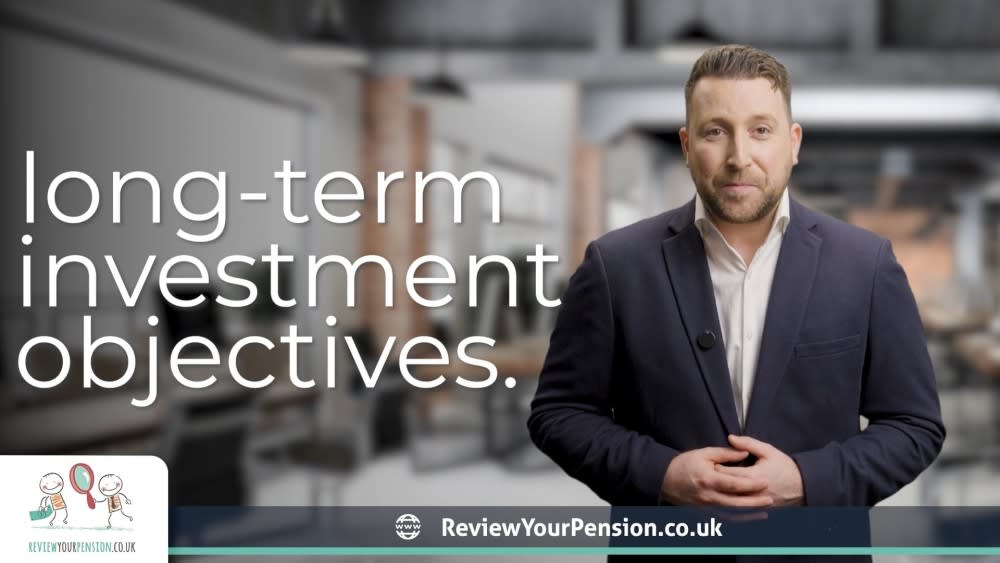We can forecast your retirement income with cash flow modelling to help you choose when to retire.
Cash flow modelling is a financial planning tool that projects your future income, expenses, and asset values over time. It is especially valuable for managing pension income, as it provides a clear and realistic picture of your financial future. Here are the key benefits of using cash flow modelling for pension income:
Visual Representation: Cash flow modelling provides a graphical or tabular projection of your income, expenses, and investments over time, making it easier to understand your financial situation.
Informed Decisions: By visualizing how your pension income supports your lifestyle, you can confidently make decisions about spending, saving, or adjusting investments.
Avoiding Overspending: Cash flow modelling ensures you withdraw sustainable amounts from your pension, avoiding the risk of depleting your funds too early.
Realistic Projections: Cash flow modelling incorporates inflation adjustments, ensuring that your future income projections reflect rising costs of living.
Bridging the Gap: If a shortfall is identified, you can explore solutions such as delaying retirement, increasing savings, or adjusting withdrawal rates.
Adapting to Life Changes: It allows you to adjust your plan in response to significant events, such as health changes, inheritance, or market fluctuations.
Efficient Drawdown: Cash flow modelling can suggest strategies for withdrawing income from different sources (e.g., ISAs, pensions) to maximize tax efficiency.
Cash flow modelling is an invaluable tool for managing pension income, as it provides clarity, ensures sustainability, and enables proactive planning. By understanding your financial future in detail, you can make informed decisions, optimize your retirement strategy, and achieve peace of mind. Consulting a financial advisor who specializes in cash flow modelling can help tailor the projections to your unique needs and goals.















